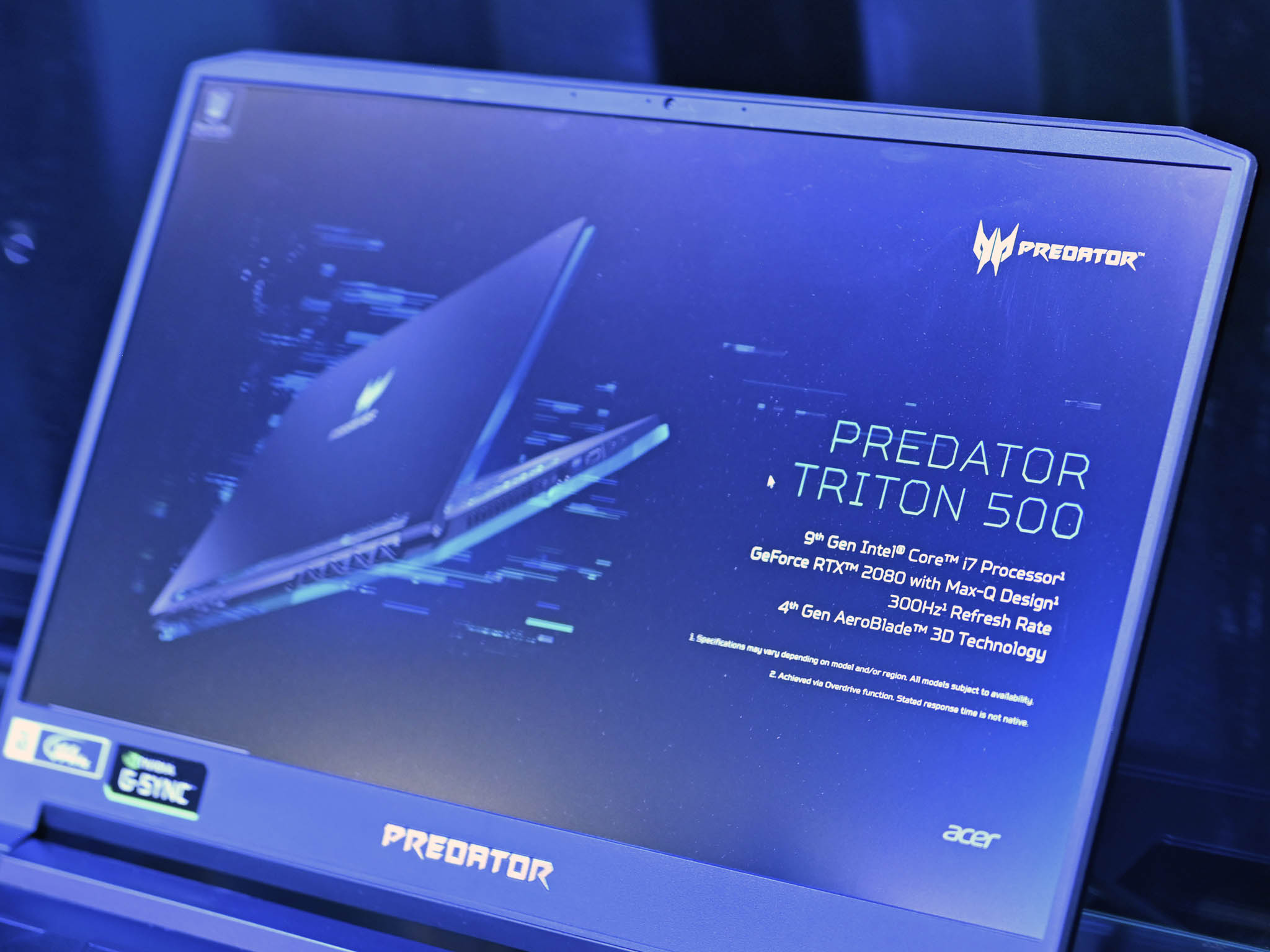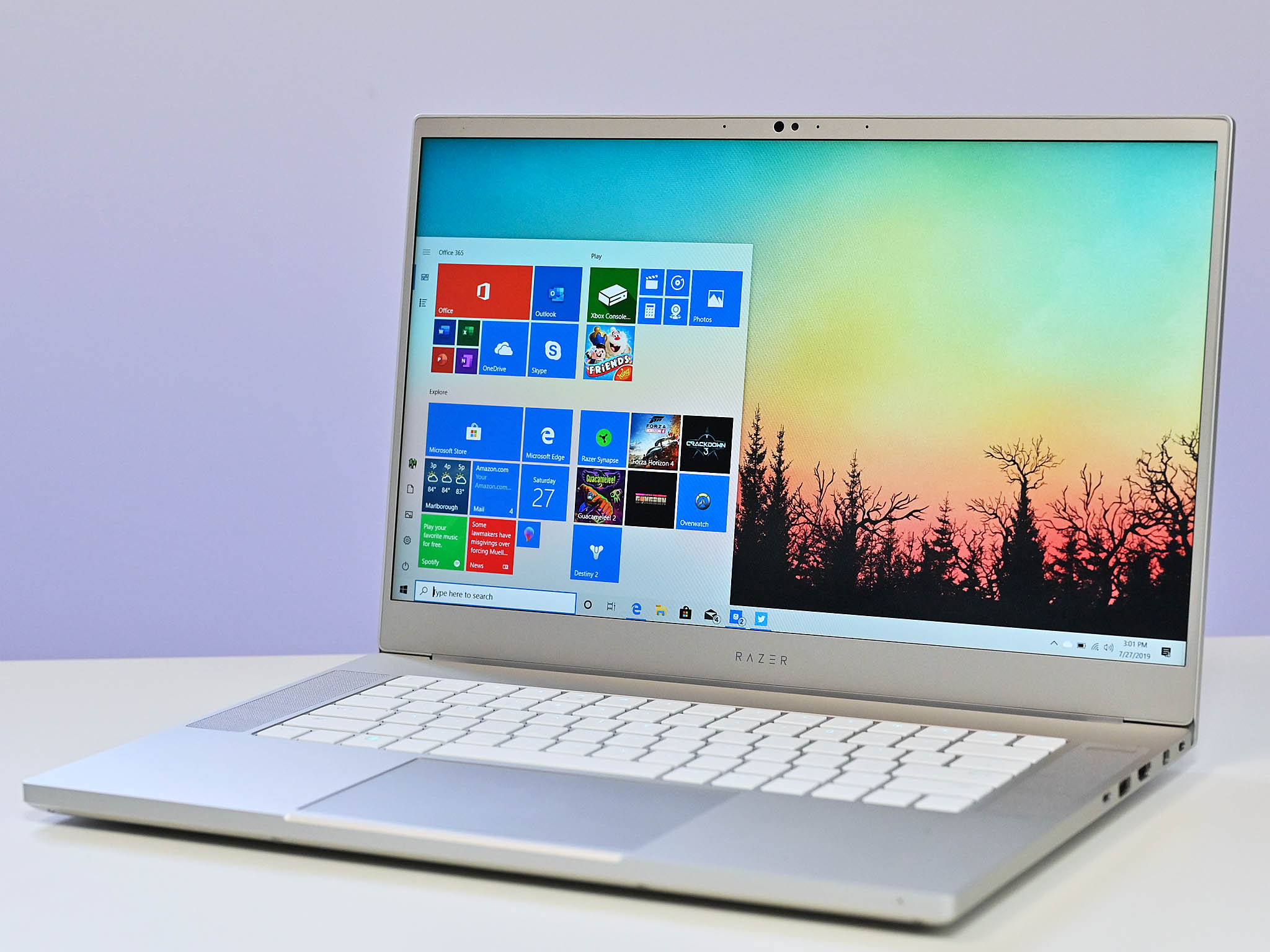300Hz gaming-laptop displays are coming ... but we're not sure why
The latest gimmick to woo gamers doesn't cost much, but it's also just ridiculous

This year at IFA 2019, companies like Acer (Predator Triton 500) and ASUS (ROG Zephyrus S GX701) are pushing new displays that can hit 300Hz. That sounds crazy, especially since we just started getting laptops with 240Hz screens – something I called dubious in my recent Razer Blade 15 Advanced review.
Wait ... 300Hz? But why?

But for the life of me, I'm not yet getting why a 300Hz display is necessarily a good thing. Sure, hitting 250 frames per second (FPS) or higher in your favorite game sounds incredible, but you need a GPU powerful enough to make that happen. Unfortunately, we don't have that technology today (and won't anytime soon).
For example, my current home rig is an HP OMEN Obelisk desktop. It's a massive beast with an Intel Core i9-9900K, liquid cooling, an NVIDIA RTX 2080Ti, 64GB HyperX Fury DDR4-2666, and a RAID 0 PCIe NVMe setup for storage. It's also paired with HP's new 240Hz display. Guess what? In most first-person shooters I can't get it over 160 FPS. Even turning down graphics quality to low doesn't approach 200 FPS, let alone 240 FPS.
That's all on a $3,000 desktop PC with basically the highest-end hardware you can get in 2019. What's a laptop got that will make a 300Hz display worth it? Is there any evidence that you can even perceive a difference in 240Hz versus 300Hz even if it were possible to game at the level? I'm unconvinced.
Companies like Razer are offering a 240Hz displays at just $100 more – and that includes a processor bump with it, making the actual cost nil. So really there's no downside in getting a fast display. But at the same time, it all seems gimmicky. The idea that these laptops are positioned towards esports is also doubtful. While I'm sure some pro-gamers use laptops, it doesn't seem like a widespread practice, nor very practical.
So where'd this even come from?

How this all came to be though is something I can explain. Companies like ASUS and Acer don't make displays; they buy them from those who do, like Samsung, Sharp, or LG (to name the big ones). Those display companies are competing for bulk orders, so they must come up with something "hot." In late 2019, it's 300Hz displays. It's the same reason why "suddenly" everyone has 15-inch 4K OLED screens this year – Samsung made a boatload, and laptop companies bought them to have something new. (It's also the same reason why there are no 13-inch OLED displays yet. Samsung just hasn't made any.)
If users don't have to pay a premium for a 300Hz display, it's hard to get mad at the technology. It's just a cool thing to have with rarely any downsides. But go into buying your next 300Hz-display laptop with some reality on your side. You won't be gaming anywhere near 200 FPS, let alone 300, which makes 300Hz just another fancy sticker.
Get the Windows Central Newsletter
All the latest news, reviews, and guides for Windows and Xbox diehards.
Don't fall for the hype.

Daniel Rubino is the Editor-in-chief of Windows Central. He is also the head reviewer, podcast co-host, and analyst. He has been covering Microsoft since 2007 when this site was called WMExperts (and later Windows Phone Central). His interests include Windows, laptops, next-gen computing, and wearable tech. He has reviewed laptops for over 10 years and is particularly fond of 2-in-1 convertibles, Arm64 processors, new form factors, and thin-and-light PCs. Before all this tech stuff, he worked on a Ph.D. in linguistics, performed polysomnographs in NYC, and was a motion-picture operator for 17 years.
